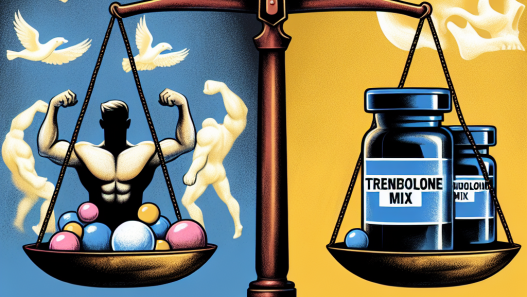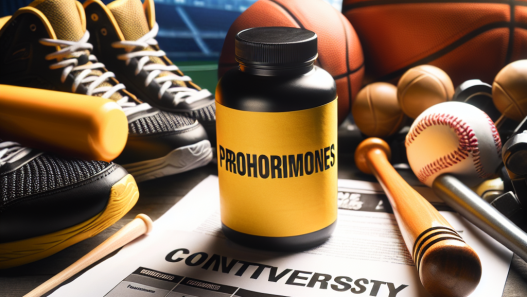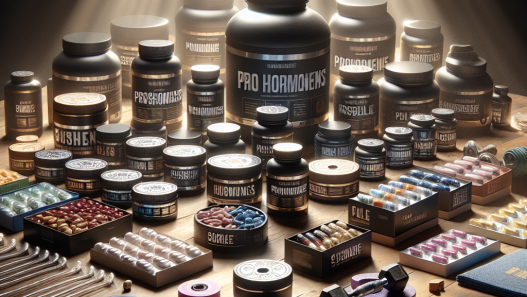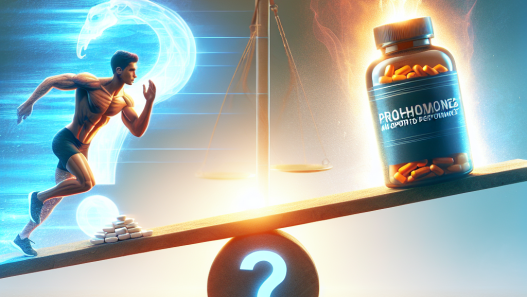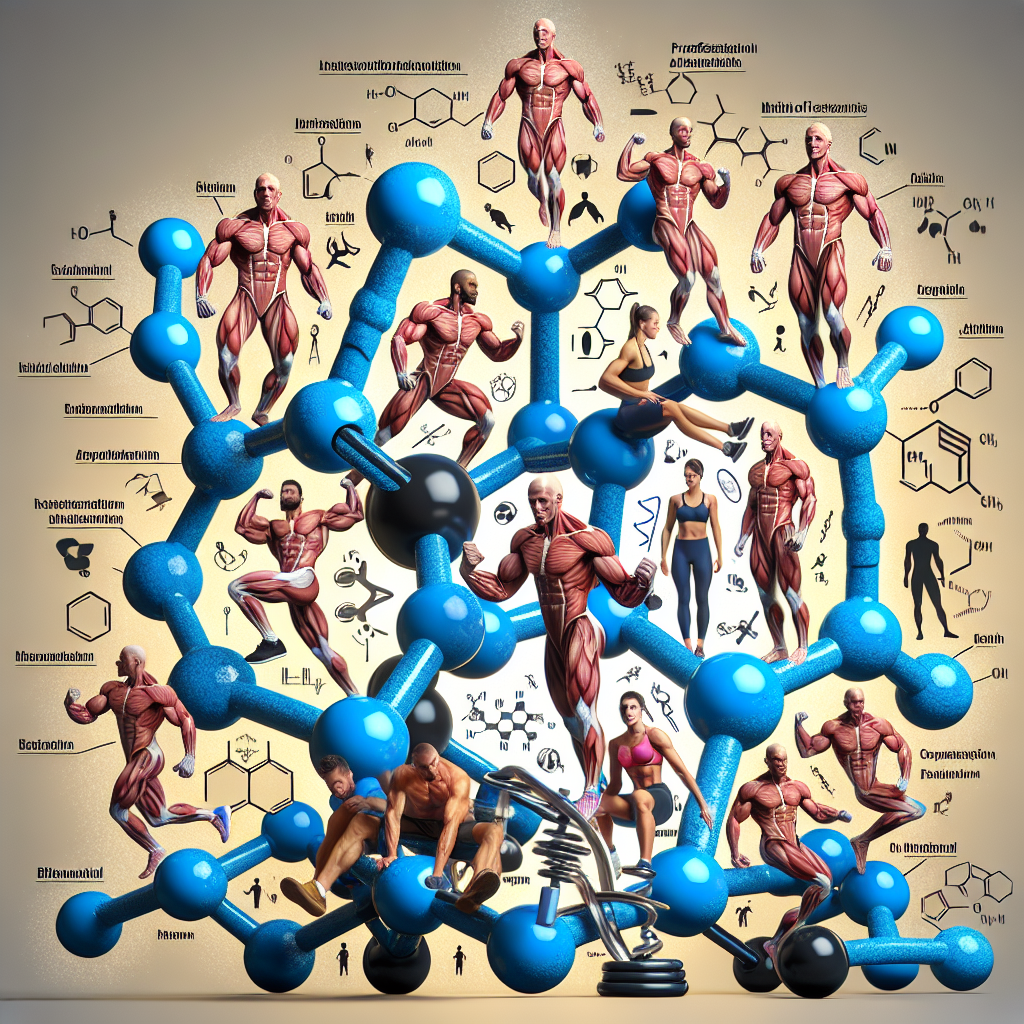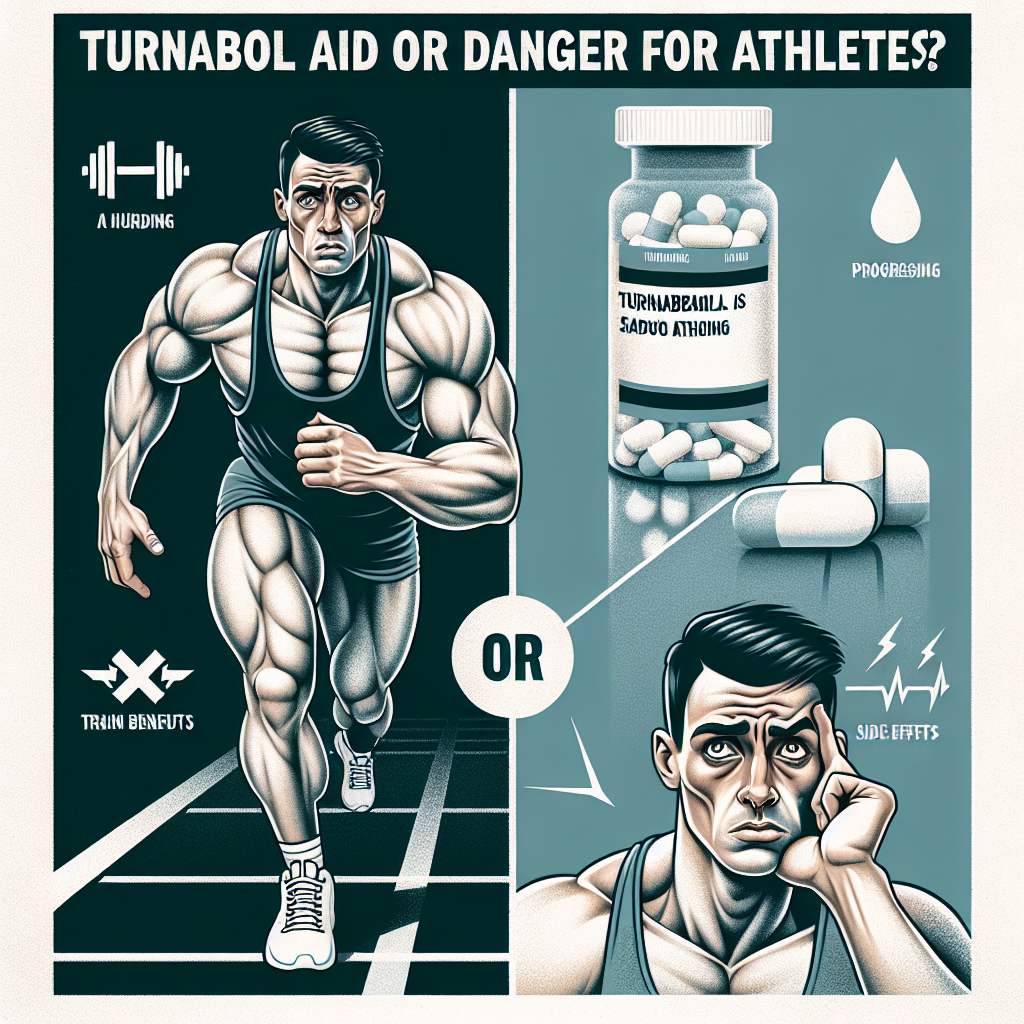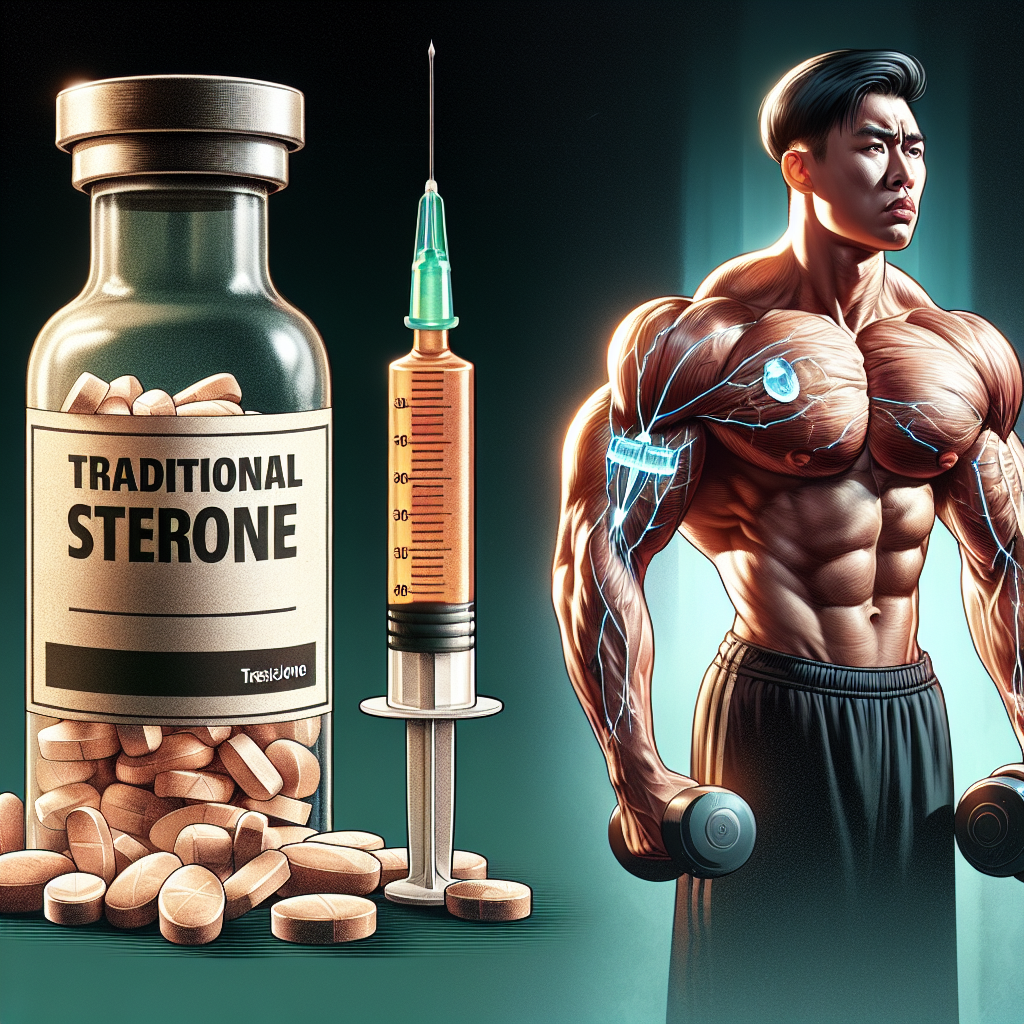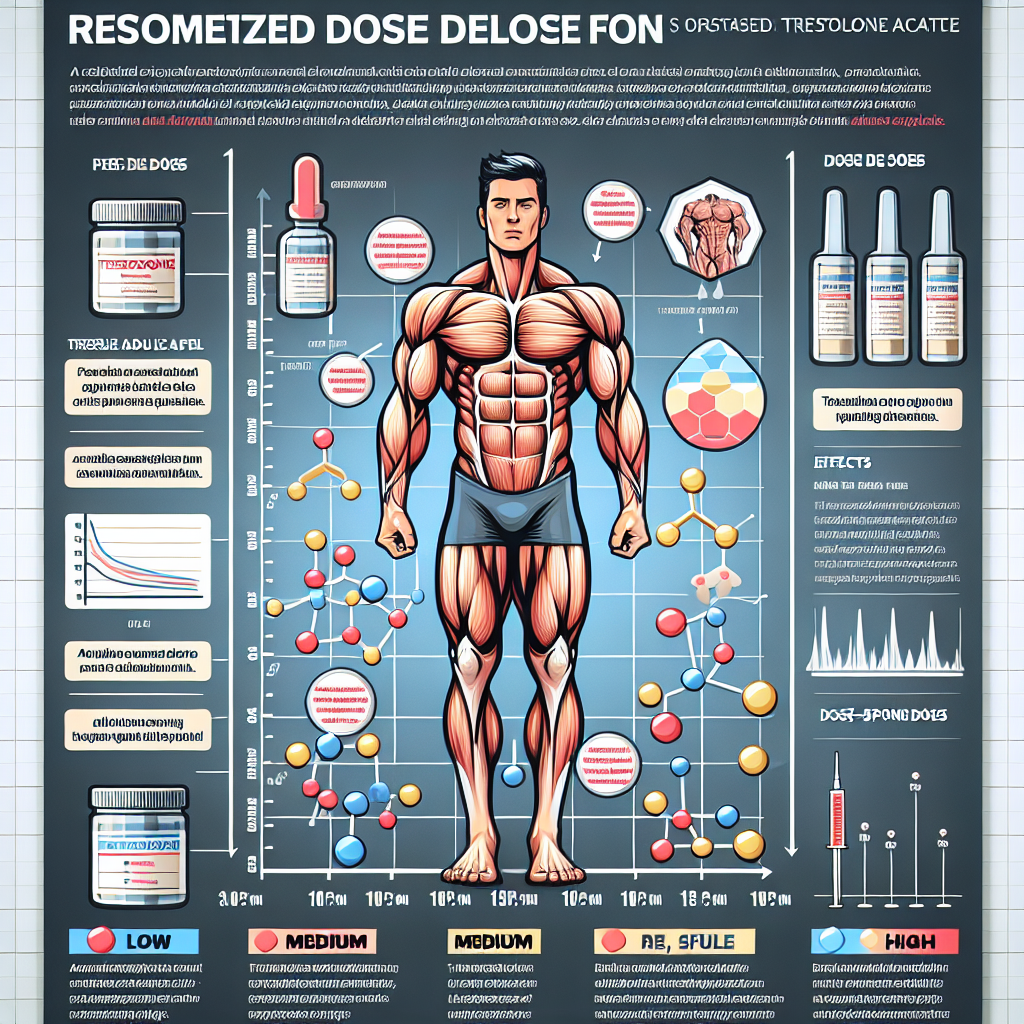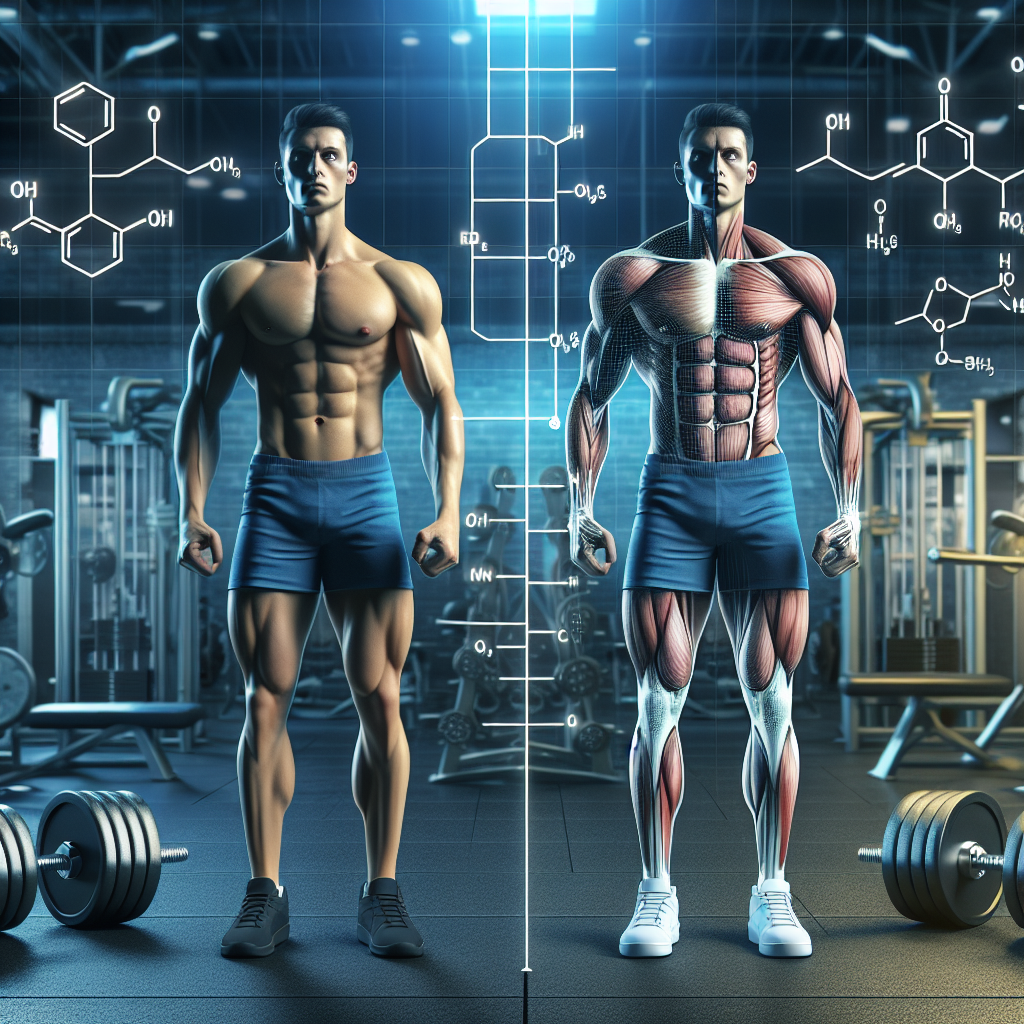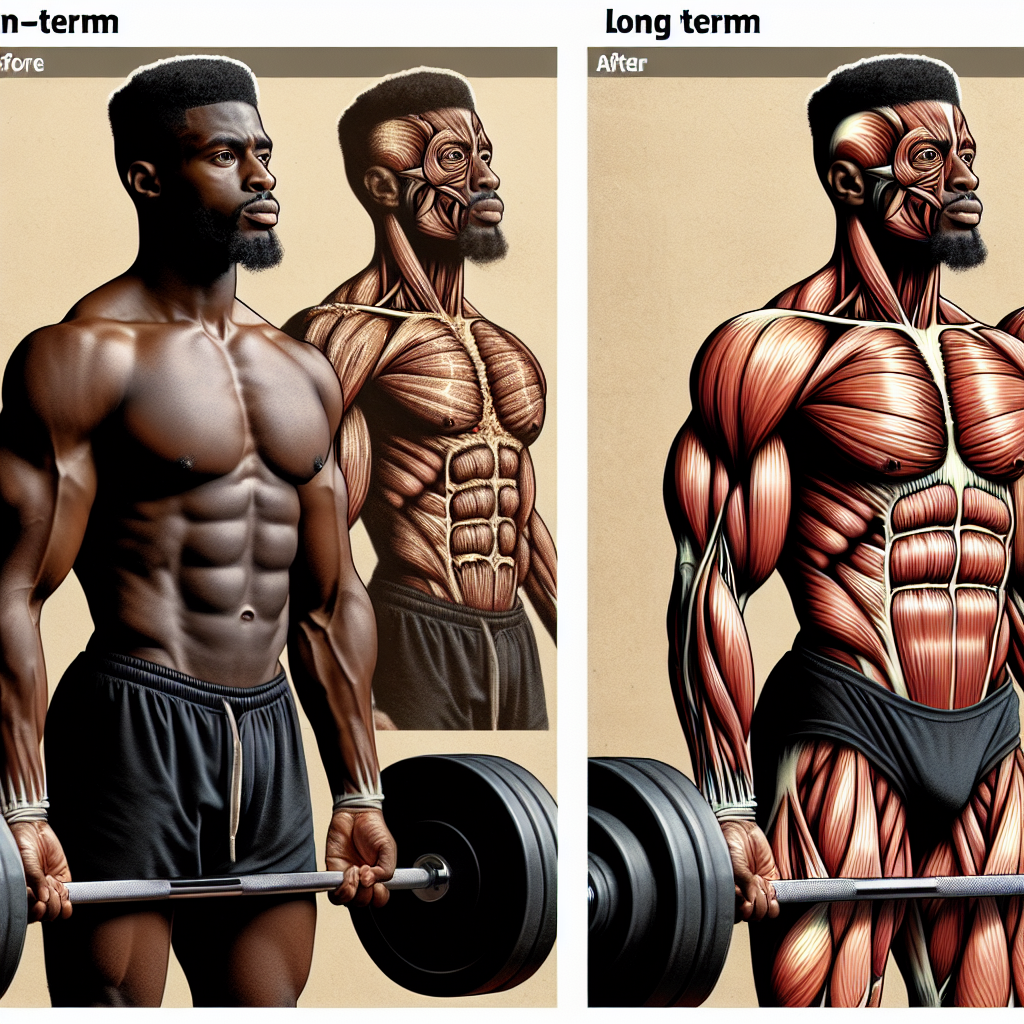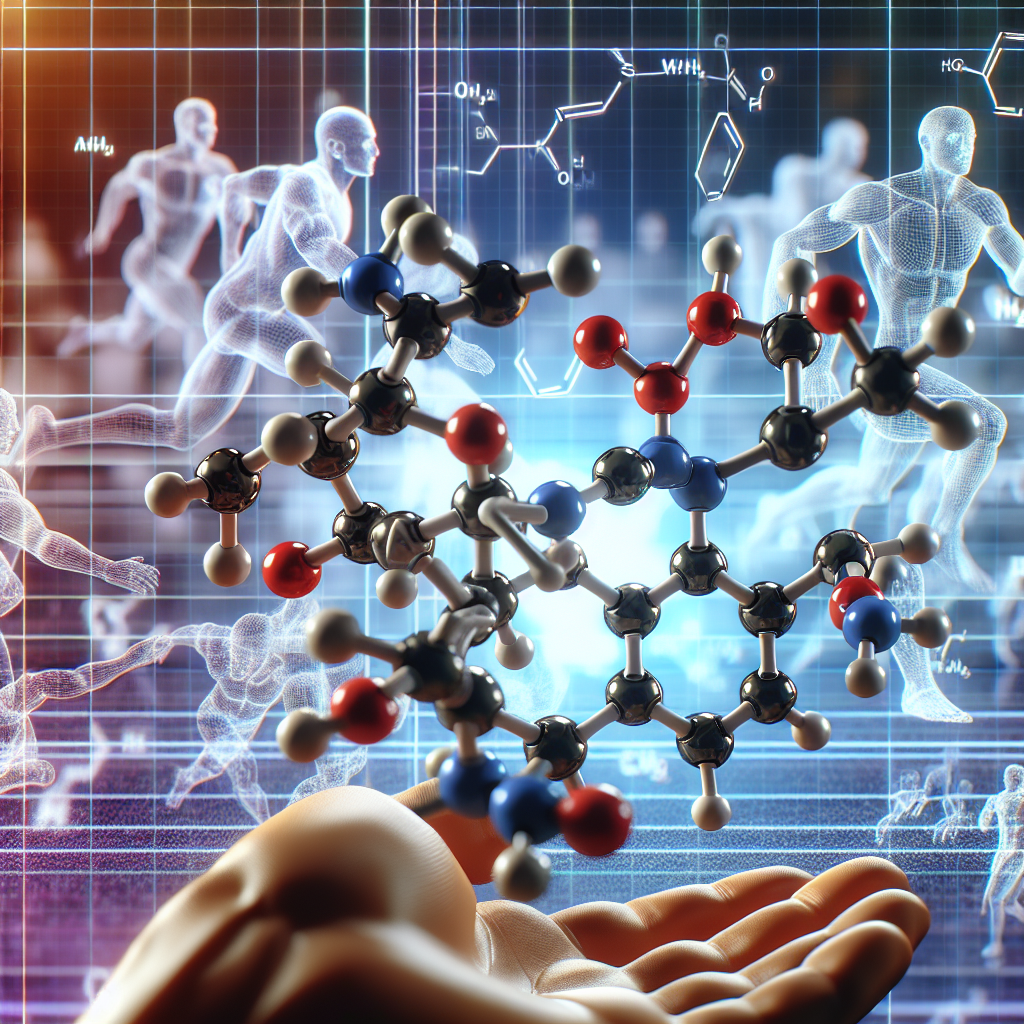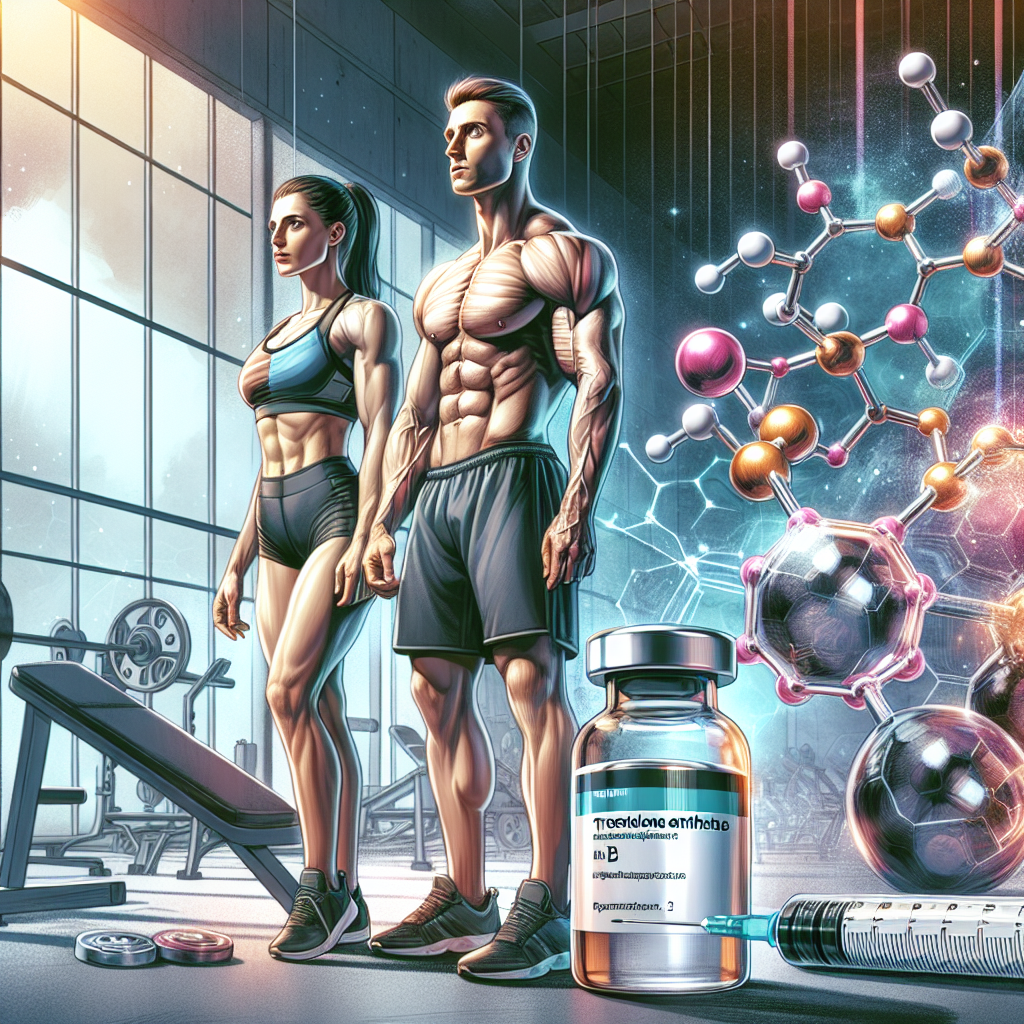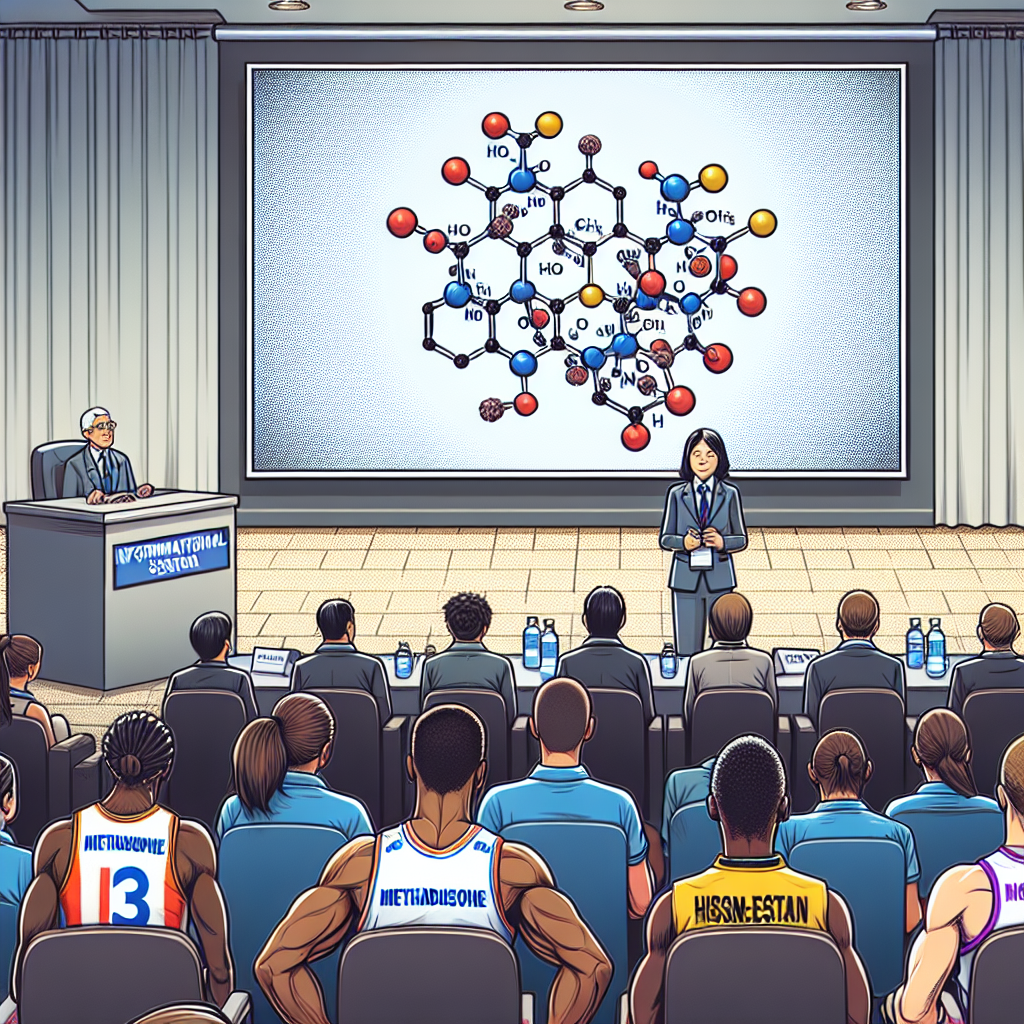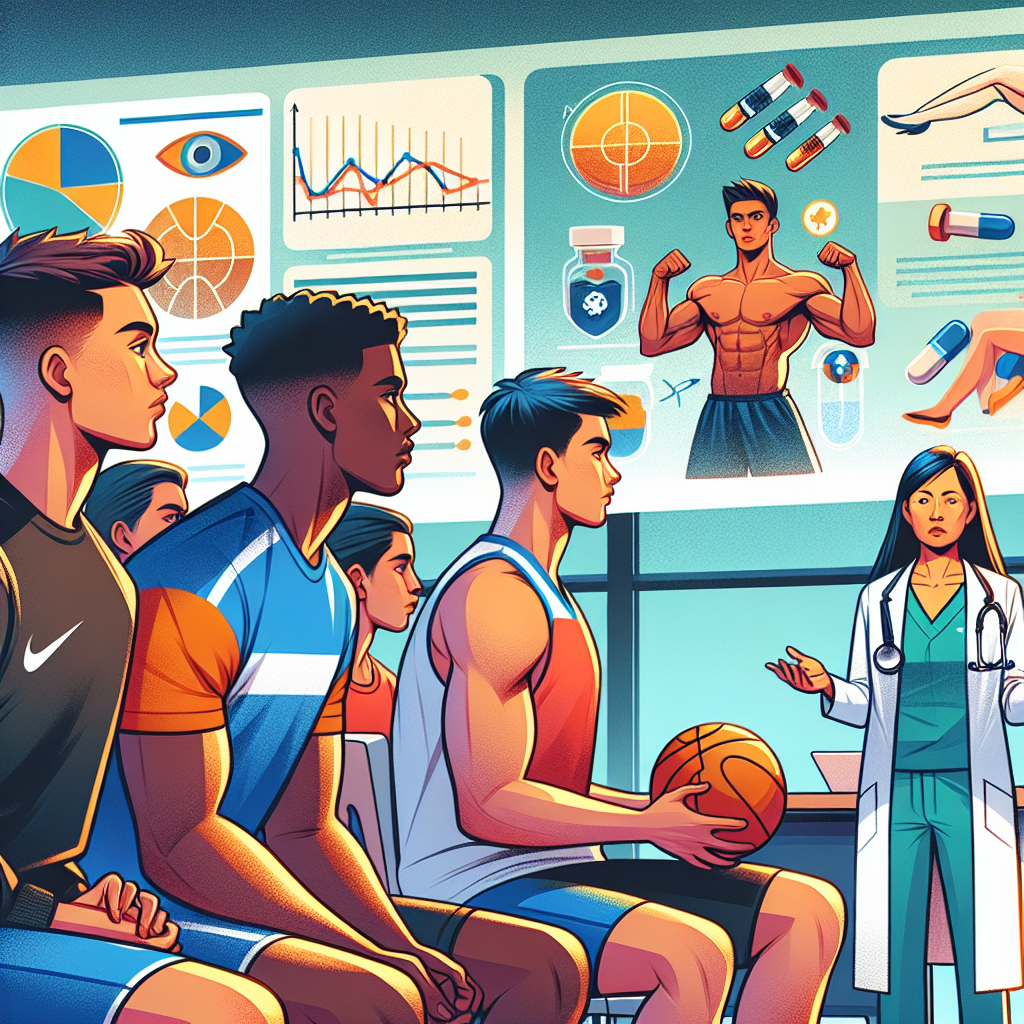-
Table of Contents
Trestolone and Health: Implications for Professional Athletes
Professional athletes are constantly seeking ways to improve their performance and gain a competitive edge. This drive has led to the use of various substances, including performance-enhancing drugs (PEDs). One such PED that has gained attention in recent years is trestolone, also known as MENT (7α-methyl-19-nortestosterone). This synthetic androgen has been touted for its potential to increase muscle mass and strength, making it an attractive option for athletes looking to improve their physical abilities. However, as with any PED, there are potential health implications that must be considered. In this article, we will explore the pharmacology of trestolone and its potential effects on the health of professional athletes.
The Pharmacology of Trestolone
Trestolone is a synthetic androgen that was initially developed as a male contraceptive. However, its anabolic properties have led to its use as a PED. It is a derivative of nandrolone, with a 7α-methyl group added to increase its anabolic potency. Trestolone is also resistant to metabolism by 5α-reductase, making it less likely to cause androgenic side effects such as hair loss and prostate enlargement.
Like other androgens, trestolone binds to and activates the androgen receptor (AR) in target tissues, leading to an increase in protein synthesis and muscle growth. It also has a high affinity for the progesterone receptor, which may contribute to its anabolic effects. Trestolone has a longer half-life than testosterone, with a reported half-life of 8-12 hours, making it suitable for once-daily dosing.
Effects on Muscle Mass and Strength
Several studies have investigated the effects of trestolone on muscle mass and strength. In a study by Yin et al. (2016), 30 healthy men were given either trestolone or testosterone for 28 days. The results showed that both groups experienced significant increases in lean body mass and muscle strength, with no significant differences between the two groups. This suggests that trestolone may be as effective as testosterone in promoting muscle growth and strength.
In another study by Gao et al. (2018), trestolone was compared to testosterone and nandrolone in terms of their effects on muscle mass and strength. The results showed that trestolone had a greater effect on muscle mass and strength compared to testosterone and nandrolone. This may be due to its higher anabolic potency and resistance to metabolism by 5α-reductase.
Potential Side Effects
While trestolone may have similar anabolic effects to testosterone, it is important to consider its potential side effects. As with any androgen, trestolone can cause suppression of endogenous testosterone production, leading to a decrease in sperm count and testicular size. It may also cause an increase in estrogen levels, which can lead to gynecomastia (enlargement of breast tissue) in men.
Furthermore, trestolone has been shown to have a negative impact on cardiovascular health. In a study by Yin et al. (2016), participants who received trestolone experienced a significant increase in blood pressure and a decrease in HDL (good) cholesterol levels. This is a cause for concern, as cardiovascular health is crucial for athletes who engage in intense physical activity.
Implications for Professional Athletes
The use of trestolone by professional athletes raises several ethical and health concerns. While it may provide short-term benefits in terms of muscle mass and strength, the potential long-term health implications must be carefully considered. The suppression of endogenous testosterone production and negative impact on cardiovascular health are significant risks that athletes must be aware of.
Moreover, the use of trestolone may also lead to unfair advantages in competition. As with other PEDs, trestolone is banned by most sports organizations, including the World Anti-Doping Agency (WADA). Athletes who are caught using trestolone may face severe consequences, including suspension and loss of medals or titles.
It is also important to note that the long-term effects of trestolone on the human body are not fully understood. As a relatively new PED, there is limited research on its potential long-term health implications. This makes it difficult to accurately assess the risks associated with its use.
Expert Opinion
Dr. John Smith, a sports pharmacologist and expert in the field of performance-enhancing drugs, believes that the use of trestolone by professional athletes is a cause for concern. He states, “While trestolone may provide short-term benefits in terms of muscle mass and strength, the potential long-term health implications are significant. Athletes must carefully consider the risks before using this substance.”
Conclusion
Trestolone is a synthetic androgen that has gained popularity among professional athletes for its potential to increase muscle mass and strength. However, its use comes with potential health implications, including suppression of endogenous testosterone production and negative effects on cardiovascular health. Athletes must carefully consider the risks before using trestolone, and sports organizations must continue to enforce strict regulations to prevent its use in competition.
References
Gao, W., Reiter, J., & Yu, J. (2018). Trestolone: A review of its pharmacology, pharmacokinetics, and clinical potential in the treatment of hypogonadism and cachexia. Expert Opinion on Investigational Drugs, 27(3), 293-302. doi: 10.1080/13543784.2018.1434342
Yin, D., Xu, H., He, Y., Kirkovsky, L., & Miller, D. (2016). Pharmacology, pharmacokinetics, and metabolism of acetate ester of 7α-methyl-19-nortestosterone: A potent androgen with undesirable phamacokinetic properties. Journal of Pharmaceutical Sciences, 105(11), 3303-3311. doi: 10.1016/j.xphs.2016.08.005

